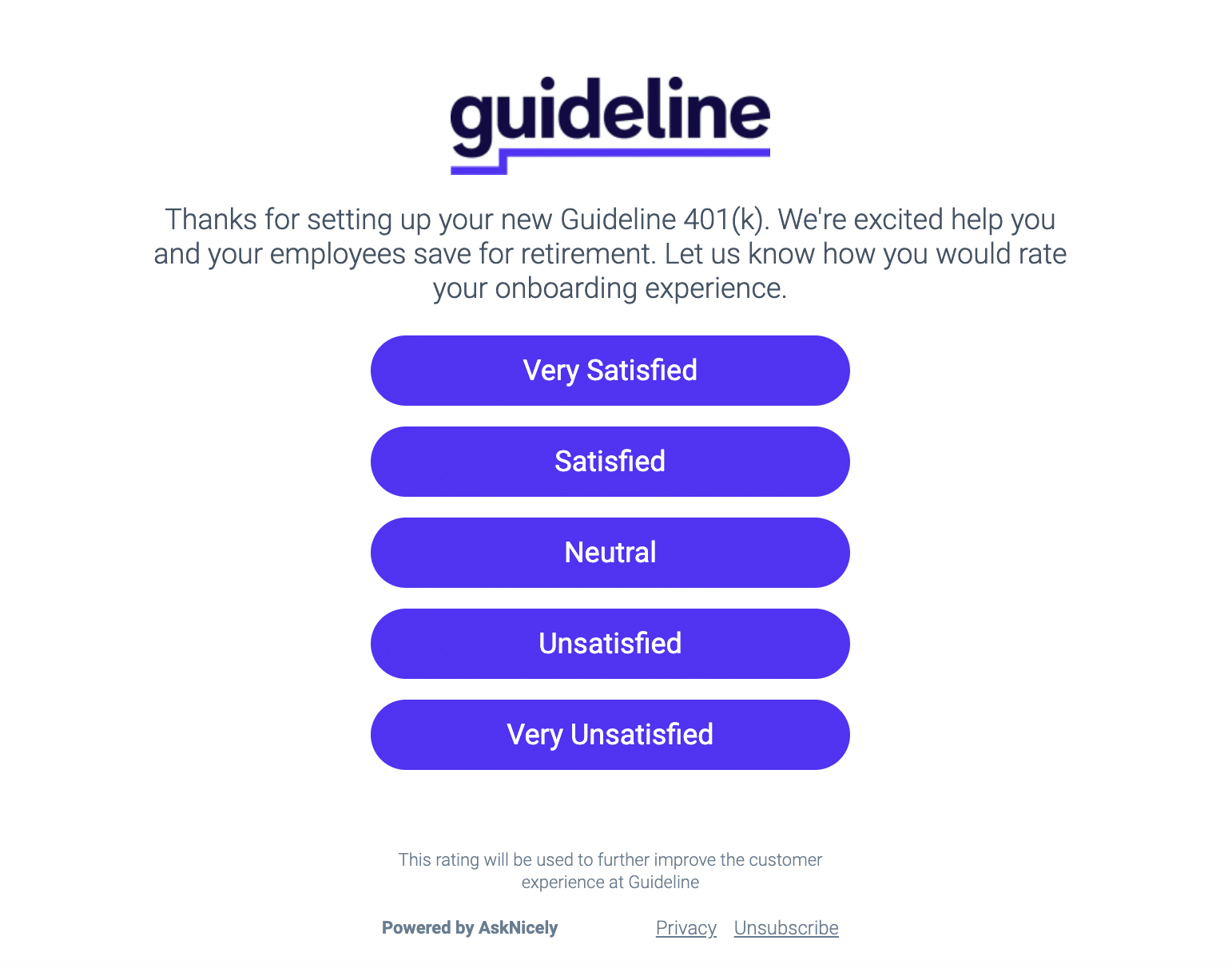Last week, I posted a LinkedIn rant about what *not* to do when collecting customer feedback.
TLDR: I went to Chuck E. Cheese for my son’s 4th birthday party.
Three days later, I was asked to rate my party host… with a perfect 10. And if they were not worth a perfect score, I should notify the manager on duty. 🤦
Among the many things wrong with this email (including a broken link and claiming that I was at a Welasco, TX location), Chuck E. Cheese went against the most important rule when it comes to customer feedback…
NEVER ask your customers to give you a perfect rating.
Look, I really like Chuck E. Cheese. Call it nostalgia, call it being basic… It’s a fun time, and I go there a lot. But this is an egregious example of a CX team using terrible tactics to artificially inflate their numbers.
You know what’s worse than NOT having a voice of customer program? Having one where you actively try to bake the numbers. Shame on Chuck E.’s team here. It makes the feedback useless, and it robs employees (and executives) of opportunities to learn and get better.
It’s not just Chuck E. Cheese, though. So many companies are relying on NPS surveys to measure their customer experience. (You know, the ones that say, “On a scale of 1-10, how likely is it that you would recommend [brand/product] to a friend or colleague?”).
NPS Surveys are my least favorite way to measure customer satisfaction for a few reasons:
It’s asking people about a hypothetical future action, instead of the “here and now.”
The NPS survey asks respondents to rate their likelihood of recommending a company to others in the future. However, this is a hypothetical scenario that may not accurately reflect what customers actually do. While promoters (those giving high scores) are assumed to be loyal and likely to recommend a company, research suggests that this correlation isn’t always strong.
The NPS survey doesn’t capture the specific reasons behind a customer’s score. Maybe I LOVE my new couch from Wayfair, but the six-month delay and delivery fiasco make me not want to recommend the company to a friend. This oversimplified question fails to capture the complexity of customer sentiment and doesn’t provide actionable insight. In this case, Wayfair may misattribute my low score to the quality of the couch instead of to the warehouse disaster, which can lead to even more problems.
It’s the easiest type of survey to “game.”
In some cases, executives may become overly fixated on the NPS, treating it as the ultimate goal rather than using it as a tool to gain insights and drive improvements in customer experience.
Metrics like NPS provide a simple numerical representation of customer sentiment, which can be appealing to executives looking for quick indicators of success. This is especially concerning for companies who tie incentives and bonuses to metrics like NPS. However, focusing solely on the score without digging into the underlying factors driving it can lead to a shallow understanding of the customer experience.
I’m often asked, “How do I raise my NPS scores?” Like, way more often than I’m asked, “How do I improve important parts of my CX to earn more repeat and referral business?” Rigging a scale to say someone weighs 10 pounds less does not make them healthier —but diet and exercise do.
Every CX measurement tool has its pros and cons, but I prefer CSAT, or Customer Satisfaction Score, to NPS when measuring moments, like a birthday party.
A CSAT score measures customer satisfaction with a specific product, service, or experience. The phrasing of the question may vary from company to company, but the answer system is always consistent. Here’s an example I received this week:

The CSAT is a more effective way to measure CX for many reasons:
- You can add specifics to the question, making it easier for companies to measure exact touchpoints and moments along the customer journey.
- CSAT surveys can be deployed immediately after a specific interaction, such as a customer support call or a purchase. This timeliness enables companies to address any issues promptly and improve the customer experience in real-time.
- Generally speaking, CSAT surveys have a higher response rate than NPS surveys.
Asking your customers for feedback is SO important… but it only works if you’re doing it for the right reasons (to improve customer outcomes) and in the right way (collecting honest feedback, not gaming the system to hit internal benchmarks).
When’s the last time you asked your customers what they think? If it’s been a while, there’s no better time than the present!
